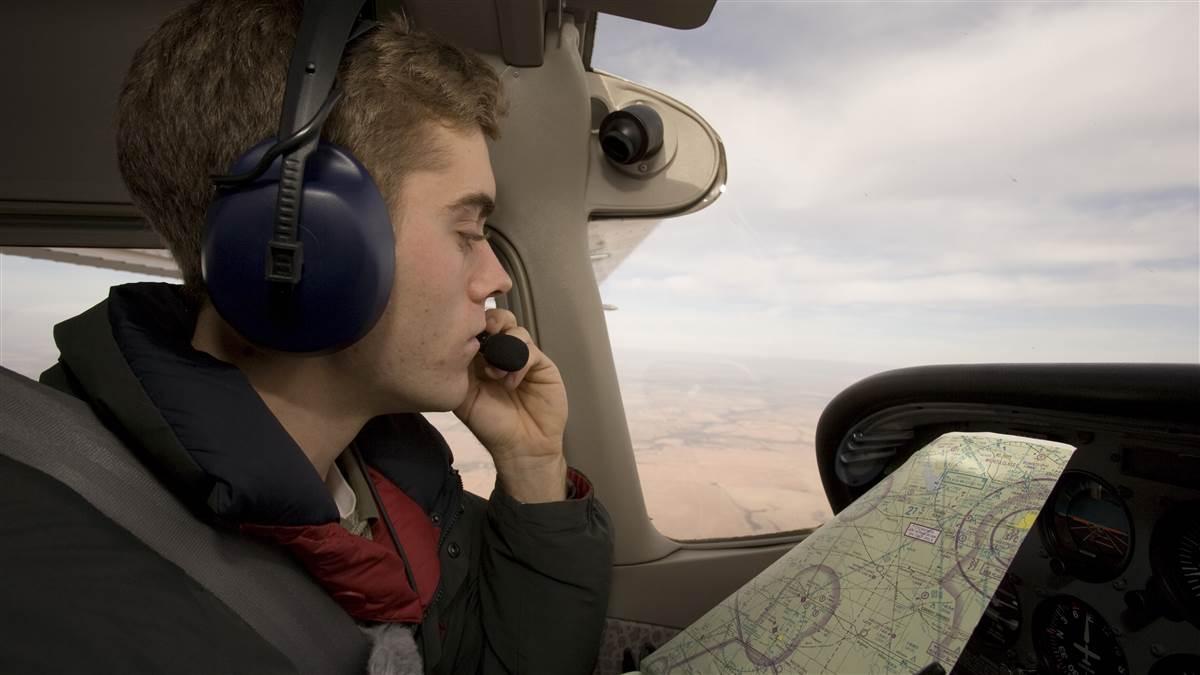Swiss cheese
Using risk stacking to mitigate accidents

Flying is thrilling and rewarding, but it also comes with inherent risks. As general aviation pilots, we encounter a variety of hazards, from adverse weather conditions to equipment malfunctions. One critical concept that a pilot must consider during every preflight is “risk stacking.”
The term risk stacking describes the compounding of multiple risks, which can ultimately end in tragedy. In other words, a catastrophic event could result from a confluence of issues or missteps that were each minor in scope. The Swiss Cheese Model (SCM) expands on the idea of risk stacking, presenting an effective visual.
James Reason is a British psychologist and professor who has extensively studied human error, particularly in high-risk, complex systems like aviation. In his research, Reason developed the SCM of accident causation, metaphorically using slices of Swiss cheese as barriers, each representing a different defense mechanism to prevent accidents. However, like Swiss cheese, these slices contain holes or weaknesses that can align, creating a pathway for an accident to happen.
For example, a pilot may experience a problem with the aircraft navigation system, which may be compounded by poor visibility and an unfamiliar airport. A fatigued or distracted pilot may be unable to recognize a problem and respond appropriately. Risk stacking can also occur over time. A pilot with many hours in the cockpit may become complacent and fall into unsafe routines. The cumulative effect of these bad habits increases the likelihood of an accident.
When considering Reason’s SCM within the paradigm of risk stacking, we can devise strategies to reduce the likelihood of mistakes and minimize the impact of errors that do occur.
An April 2022 fatal accident in Idaho illustrates the concept of risk stacking. A pilot flew a Cessna Caravan from Salt Lake City, Utah, to Burley, Idaho, on a routine cargo flight. According to the NTSB preliminary report, the weather conditions the pilot encountered flying into the vicinity of Burley were poor, with visibility at one mile, light snow, and mist—hole number one. Although the pilot was familiar with the airport, near the approach end of the runway jutting upwards was an active steam stack—hole number two. A possible decrease in confidence by the pilot after executing a missed approach in conjunction with a diversion to an alternate airport the previous day was hole number three.
The SCM can help bolster our defenses by leading a thorough hunt for holes in our cheese before our wheels ever leave terra firma. This includes comprehensive preflight planning, such as filing a flight plan and conducting a weather briefing. Pilots should also know their limitations and ensure they are well-rested and focused before taking off.
Risk stacking is a critical concept for pilots to understand. The Swiss Cheese Model provides a practical framework for visualizing how multiple threats can combine to create a dangerous situation. By being proactive and vigilant, pilots can reduce the likelihood of accidents and ensure safe flying for themselves and their passengers.


